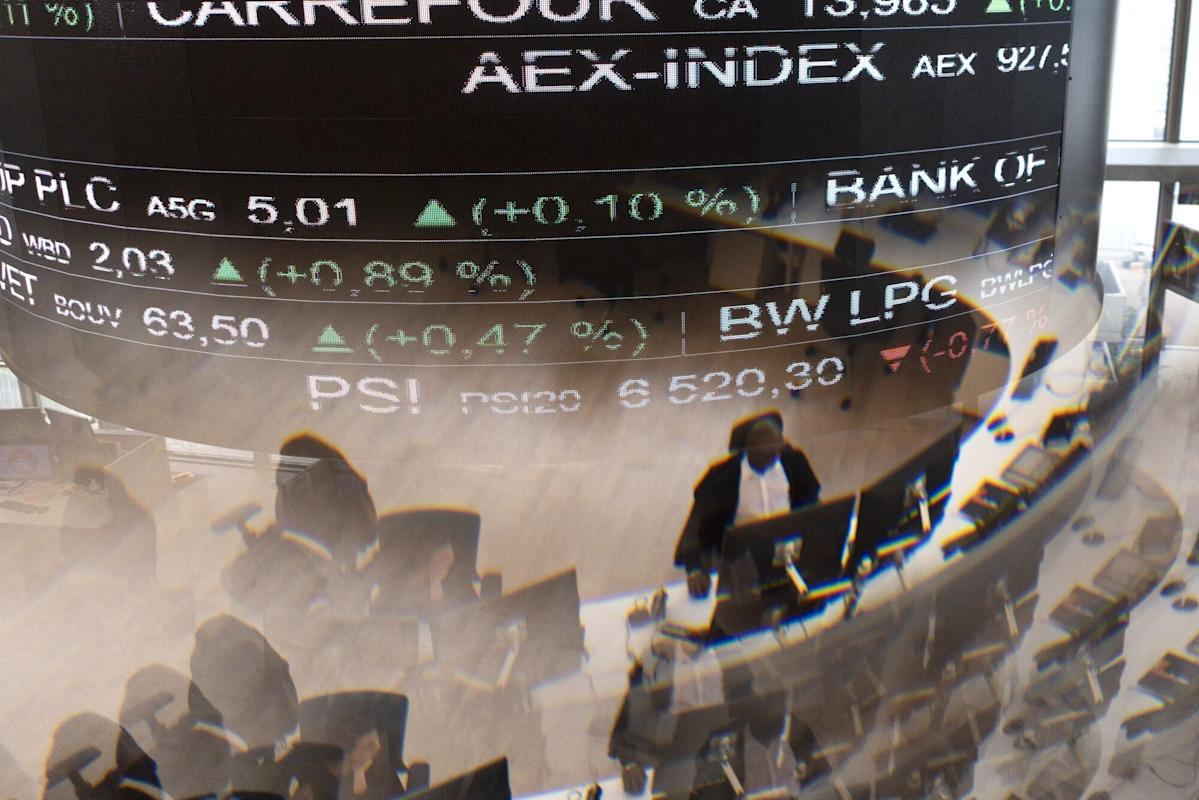(Bloomberg) — This was a historic quarter for European stocks. Investors are now wondering if there will be an encore.
Most Read from Bloomberg
For years, there was little reason to look beyond the US, where soaring tech giants and relentless economic strength fueled an era of market dominance. But doubts have grown around the US exceptionalism trade due to uncertainty from Donald Trump’s tariff policies and government job cuts — and Europe is emerging as a beneficiary.
The pan-European Stoxx 600 outpaced the S&P 500 by nearly 17 percentage points this quarter in dollar terms — a record outperformance. The rally — a surprise amid expectations that Trump’s “America First” agenda would have the opposite effect — has left both skeptics and bulls asking if this is the start of a lasting revival, or just a fleeting moment.
Buyers were initially attracted by the value on offer in notoriously cheap European equities after years of underperformance. Then, Germany’s fiscal plans lifted the mood around the outlook for the economy and corporate earnings.
“We have been waiting for a long time for this sentiment to change,” said Daniel Nicholas, a client portfolio manager at Harris Associates, whose firm has had a large exposure to the region since the euro-area debt crisis. “European companies have been mispriced.”
Germany’s plan to ramp up defense and infrastructure spending has changed the landscape for investors, who spent the first three months of the year unwinding underweight positions. Bank of America Corp.’s March fund manager survey showed they were a net 39% overweight in Europe, the most in almost four years.
Regional stock funds have seen $21 billion of inflows this year through mid-March, according to EPFR Global.
Germany has been the big winner. Its benchmark DAX Index has jumped 13%, and recent exchange-traded products data from iShares show flows are largely concentrated in the country’s assets.
“The rally can go on for a bit. On a three-to-six month basis, Europe is attractive,” said Jean Boivin, head of the BlackRock Investment Institute.
The shift has also turbocharged the euro, which pushed close to $1.10 earlier in March. It had slumped toward parity as recently as February, but now investors are positioning for a much stronger currency over the medium term. Ales Koutny at Vanguard International says $1.20 is a “very real probability” by year-end, depending on Trump’s tariffs.
